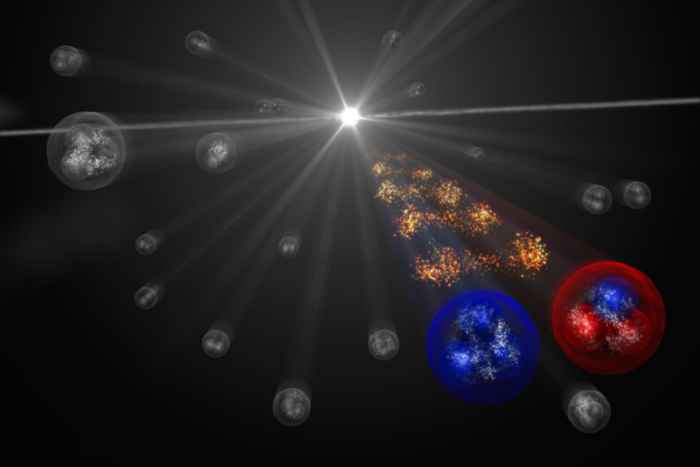Picosecond detectors and algorithms for particle detectors
ENW-XL grant for FASTER-consortium led by Hella Snoek
29 July 2022

The FASTER project focuses on so-called superfast 4D reconstructions (space and time) of particle tracks in detectors at CERN in Geneva. In the near future the LHC accelerator there will become up to 50 times more intense, the so-called high luminosity LHC. With this high intensity, many rare particle processes can be better studied, possibly showing the limits of current particle theory.
The deluge of particle collisions in the HL-LHC cannot be handled with the current spatial pixel sensors in the detectors, because they will be too slow and not spatially precise enough. The consortium led by UvA/Nikhef researcher Hella Snoek will work on new chip designs and electronics, and on new time-based algorithms for reading out the detector and quickly processing the raw signals into particle tracks.
Another special feature of the project is the involvement of a group in Maastricht working on medical imaging. They believe that the FASTER technologies can be used for ultra-fast diagnosis of tissues, for example in cancer surgery.